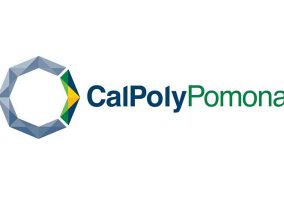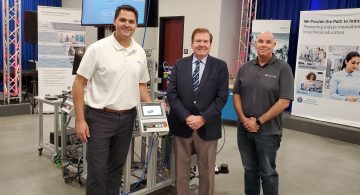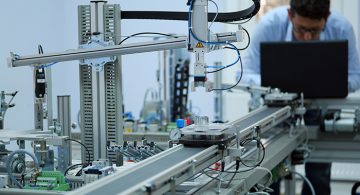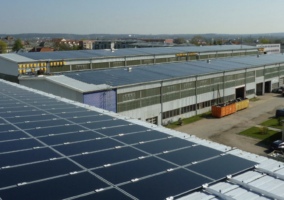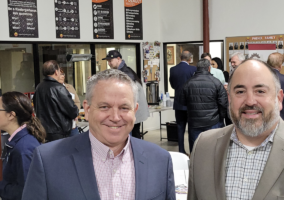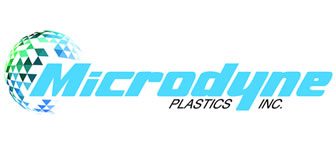Cal Poly Pomona Unveils New Single Crystal X-Ray Diffractometer
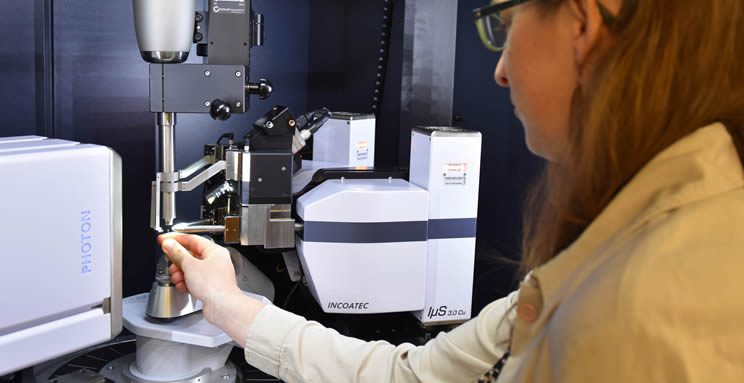
Pomona, CA – Cal Poly Pomona has added a new Single Crystal X-Ray Diffractometer (XRD) to its scientific equipment to expand the width of faculty research on campus and to give students experience with high quality research equipment.
The XRD, the D8 Venture model made by Bruker, is one of the most state-of-the-art diffractometers at a Southern California university, with the nearest similar instruments being more than an hour away. The diffractomter can analyze powder, measure single crystal and protein samples.
“Having an in-house XRD allows us to incorporate hands-on training into laboratory coursework across the college and expands the scope and quality of student-faculty research,” explained Chantal Stieber, an assistant professor of inorganic chemistry and the principal investigator on the grant.
Installed in mid-January, the XRD is already being actively used for a student-led research project, for developing new laboratory class experiments and for student-faculty research by Stieber and chemistry professor Alex John. They have already collected 3-D structural data for three new compounds made by Cal Poly Pomona undergraduates that had not been previously reported in the literature.
In addition, the XRD will be used by chemistry researchers to analyze catalysts used in making plastics, by biochemistry researchers to examine crystals grown from proteins, and by physical chemistry researchers to study materials used in making electronic devices. It will also open opportunities for intra-campus collaborations in physics, biology, geology, agriculture and engineering. There are broader possibilities as well for university outreach and collaboration with other research institutions or local industry due to the caliber and versatility of the machine.
The instrument purchase was supported by the Department of Defense (DoD) Research and Education Program for Historically Black Colleges and Universities and Minority-Serving Institutions (HBCU/MI) Equipment/Instrumentation Grant of $599,077. It is the largest award for a single piece of research equipment that the university has received.


